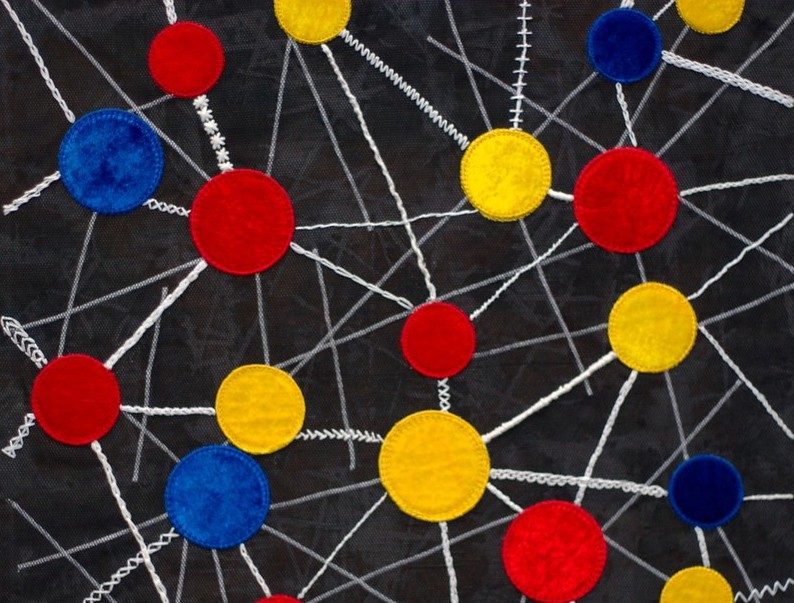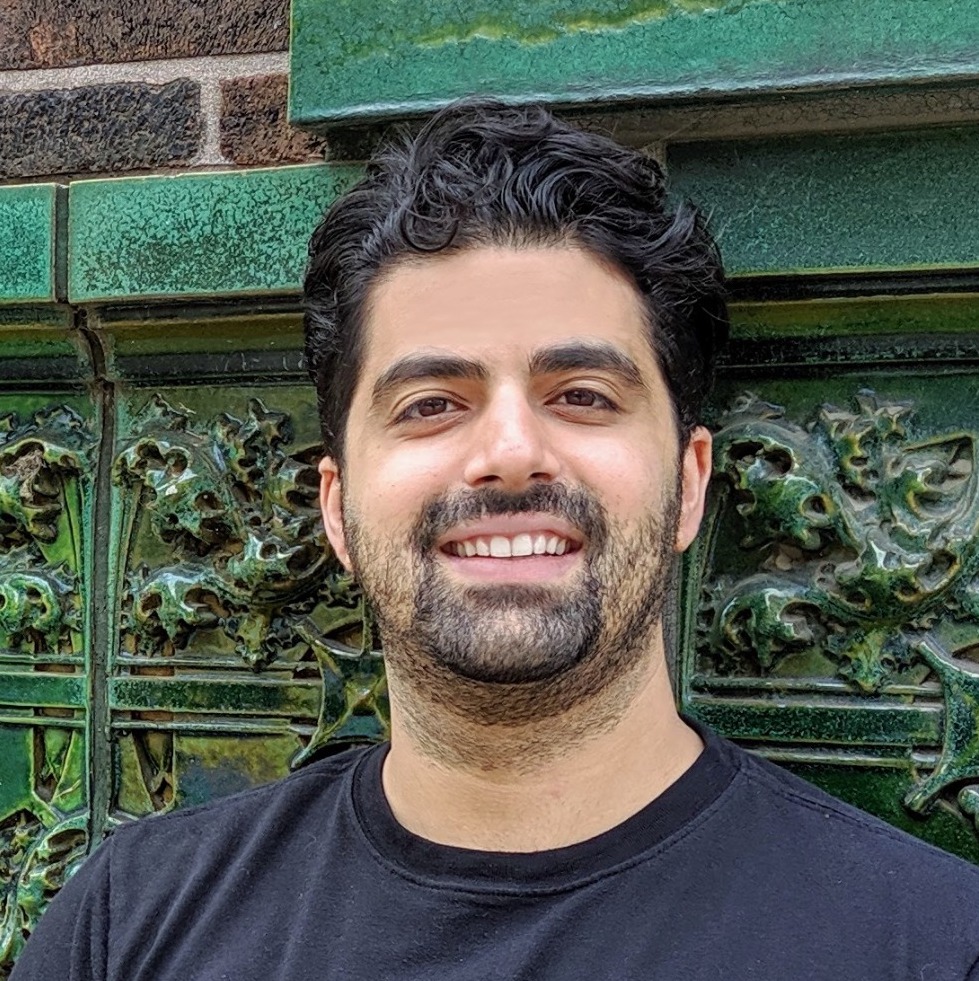
The recent public discussion over the usefulness of analogizing between the white Jewish American experience of antisemitism and the oppression of Black Americans has prompted the exploration of the moral, epistemic, and strategic limits of using such analogies. This series of the Contending Modernities blog asks us, among other important things, to rethink and explore this “anti-analogy” perspective. Yet I find myself, based on my experience in Jewish anti-racist activist spaces, looking to highlight how analogies that are meant to create solidarities can unfold and shape movement spaces in ways that can perpetuate intra-movement inequalities and ignore differences between struggles.
My position regarding the use of analogies within social movements has been greatly shaped by my experience last year in a multi-day meeting for a newly formed Jewish activist network. This nascent organizing network seeks to create a space in which a multiracial Jewish coalition of activists can articulate a political framework, join resources, and work together on issues of racism, white supremacy, and antisemitism. Although I deeply value the work of the organizers and participants, the already predominant, hegemonic white Jewish perspective was centered, regardless of the intentions and the diverse ethnic and racial make-up of the participants. The programmatic structure of the meeting lent itself to making the fight against white nationalism (which the group understood as the movement that seeks to organize political life around white identity) in our current political moment the focus of the meeting, rather than the white supremacist structure that shapes our life, institutions, practices, and interactions—the structure which has the most impact on the lives of BIJOC (Black, Indigenous, Jews of Color).
The centering of white nationalism over structural racism was done through the use of crisis language that framed the current political moment as one marked by the resurgence of a “fringe” phenomenon (white nationalism) that is now being mainstreamed. This framing received push-back by some of the BIJOC participants who believed it erased their experience of structural racism and romanticized an imagined less-racist America of the past that never existed. Discussions of structural racism happened almost entirely in the spaces reserved exclusively to BIJOC participants, and when we (the BIJOC participants) tried to bring them back to the spaces that included white Jews we encountered mainly apathy and even some hostility. This example is not unique in the Jewish movement spaces I am part of, where the privilege of Jews socially recognized as white is not only very apparent to BIJOC activists but also an inescapable reality (for this reason I will be using in this essay the term white Jews as it reflects this reality).
I believe the centering of white nationalism over structural racism can be partly attributed to one of the guiding conceptual phrases discussed in the meeting, “skin in the game.” This expression was used as a form of analogy to create stronger solidarity between white Jews and BIJOC communities. It framed white Jewish solidarity as more than mere allyship, but as intrinsically connected to the danger white Jews face living in a white supremacist society. By analogizing the experiences of white Jews with BIJOC, the fight against white nationalism, which was presented as the most dangerous to white Jews out of all forms of white supremacist violence, becomes centered in the work and minds of white Jewish activists. When concepts like “skin in the game” are employed in anti-racist struggles in multi-racial Jewish activist spaces the perspective of white Jews becomes prioritized. This perspective is amplified by the structural inequalities and privileges that are afforded to white Jews and especially white upper-middle-class Jews.
Analogies between different forms of oppression that concepts like “skin in the game” recommend lead people to make comparisons between different epistemic locations. We can’t draw analogies in the ether. We can only articulate analogies beginning from our specific positionality within the power structures in which we live. Yet, ironically, analogies can also serve to hide the positionality of those making them. When white Jews draw analogies to the BIJOC experiences of racism, they disconnect themselves from their role in maintaining white supremacy, in what scholars have termed a “move to innocence” (see the work of Mary Louis Fellows and Sherene Razack, Janet Lee Mawhinney, and Eve Tuck and K. Wayne Yang). They also take up more space in discourses that are meant to empower BIJOC—discourses that put great value on body-politics, that is, on speaking from a place of experience of oppression as they are felt on the body of the speaker, the generator of knowledge. When white Jews use analogies, like those entailed in the concept of “skin in the game,” that position them outside of whiteness, they end up centering themselves and trespass into epistemic spaces that are intended to empower BIJOC. By doing so, white Jews do not cease to be white, as whiteness is not merely an identity or a set of cultural practices, but is also a location in a structure of power. The structures of power that privilege white people do not disappear when white Jews invoke the histories of their ancestors.
When concepts like “skin in the game” are employed in anti-racist struggles in multi-racial Jewish activist spaces the perspective of white Jews becomes prioritized. This perspective is amplified by the structural inequalities and privileges that are afforded to white Jews and especially white upper-middle-class Jews.
Analogies can indeed be great tools for understanding how mechanisms of oppression operate across contexts. For example, drawing analogies between the mechanisms of settler-colonial nations can help us understand with more clarity how those mechanisms operate, as Brenna Bhandar’s and Lorenzo Veracini’s works show. However, when it comes to creating solidarities, analogies like the one I discussed above are not always as useful and when used, should be employed with caution. Analogies are always created through a knowledge-making process embedded in structural power relations. As Kim Case, Paul Gorski and Noura Erakat, Michelle Jacobs and Tiffany Taylor, and Janet Lee Mawhinney have shown, activist spaces are not exempt from this. Nor is the Jewish community. Through this knowledge-making process analogies can shape the political direction and goals of movements for the benefit of those with the structural advantage who are making the analogies. This creates more avenues for white Jews in activist spaces to garner cultural and social capital, assume and maintain leadership roles, and create programmatic content that centers their experience. By leading workshops, teach-ins, trainings, etc. with that programmatic content their “expertise” is cemented in activist spaces.
Solidarities that are based on analogies—those that rely on drawing similarities between experiences of different groups to establish a sense of shared interest—can create a sense of uniformity that does not give room to explore the contradictions and complexities inherent in multi-racial and multi-ethnic movements, and this includes the assumption that all liberation struggles are commensurable. Tuck and Yang ask us to instead adopt an ethic of incommensurability, arguing that “opportunities for solidarity lie in what is incommensurable rather than what is common across these efforts” (28).[1] For when one forms solidarity only around what is common and ignores differences, one invokes a weakened and transient strategic avenue for justice. This is because different struggles, as well as different communities in shared struggles, inevitably find themselves at odds with each other. This does not mean we should not work together towards liberations (as opposed to liberation), it only means that the differences, tensions, and contradictions are important, and we should be mindful of the structures of power in which movements exist.
One example of this dynamic can be seen between the struggle to decolonize Palestine, and the campaign of Mizrahi Israeli Jews who are demanding justice for the families of kidnapped Yemenite, Mizrahi, and Balkan children. The two struggles are incommensurable. Mizrahi Jews are seeking justice from the State of Israel and in doing so are potentially making it more legitimate. The families’ goals are to receive information about their children from the state as well as public institutional acknowledgment of the injustices done to them. If this campaign is successful, Israel will issue an apology, and work to make amends through public recognition and acknowledgement of the injustice done to the Mizrahi families. By doing so, Israel will have to admit the wrongdoing and culpability of its founding institutions and Ashkenazi elites. This might weaken some of the mythical narratives at the core of the state, but it will also carve out more symbolic room for its Mizrahi citizens and incorporate them more deeply into the settler story of Israel. This has the potential to make Israel stronger. Although both the injustice to Mizrahi families and to Palestinians are intrinsically connected to the creation of the settler-colonial state of Israel and its racist structures, it is detrimental to the campaign of the Mizrahi families to frame their struggle in a way that undermines the state, for the simple reason that it will not provide them with the outcomes they seek. Whatever the ultimate result is, if the question is whether the families can choose to frame the struggle as a decolonial struggle, the answer is: they cannot. Their demands are articulated through a discourse of citizenship (in a settler-state) and not one of decolonization. The incommensurability of the two efforts makes it complicated to attempt to draw analogies and frame Palestinian and Mizrahi struggles under one umbrella.
I argue that instead of relying on analogies, we should embrace the complexity, the contradiction, and the incommensurability of different liberation projects. When we put all liberations under one umbrella we erase nuances. We end up measuring what liberation looks like only from our perspectives and positionalities, and we end up shaping the direction of our movements in ways that replicate the systems of power we are trying to dismantle. I am not advocating for working toward liberation on only one axis, but exactly the opposite. We can recognize the interconnectedness of struggles and how oppressions interlock and shape each other without assuming identical goals and interests of different struggles, and without ignoring the power structures they inhabit. I urge us to embrace the plurality without applying a framework of “one-struggle” that flattens down dynamic movements. When we open ourselves to complexities we are less likely to force our notion of what liberation is onto others. This allows us to make room for a plurality of struggles working on different axes, and in different contexts. We can do this while being in solidarity with one other and always sharing a sense of empathy and understanding.
[I]nstead of relying on analogies, we should embrace the complexity, the contradiction, and the incommensurability of different liberation projects.
The public discussion over the “right” of white Jews to analogize is a consequence of the centering of white Jews in the Jewish community, as this discussion revolves around the importance of their epistemic position. I believe that if white Jews want to work towards decentering whiteness in the Jewish community and creating meaningful solidarity with communities of color, they should focus on empowering BIJOC. Doing so means giving voice to all the contradictions and complexities that exist in the multiplicity of voices and perspectives that reside in communities of color. Unlike white Jews, BIJOC need not resort to analogies to make meaningful connections with communities of color. They are already a part of these communities, and are inhabiting the complex intersections white Jews are attempting to speak from—with their own bodies.
[1] It is worth mentioning that while I find Tuck and Yang’s understanding of incommensurability useful, there are limits to their broader conceptual approach, including their positivist approach to land and their reduction of slavery to forced labor, both of which have been identified by Tapji Garba and Sara-Maria Sorentino.

